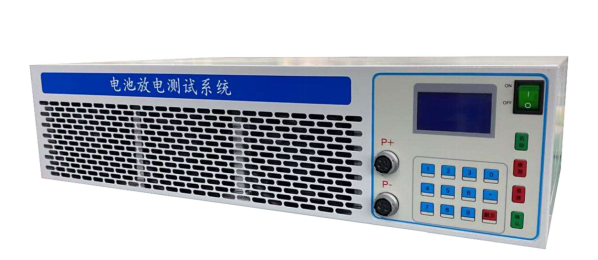A Temperature and Humidity Test Chamber is a specialized testing apparatus designed to simulate and control environmental conditions, specifically temperature and humidity, for the purpose of evaluating the performance, reliability, and durability of various products or materials. Here are specific details about its functionality:
Temperature Control:
Objective: The primary purpose of the battery Nail Penetration Tester is to precisely control and regulate temperatures within a specified range. This allows for the simulation of various environmental conditions that a product may encounter in real-world applications.
Humidity Control:
Humidity Simulation: In addition to temperature control, the chamber is equipped to regulate humidity levels. This is crucial for assessing how products respond to different humidity conditions, especially in applications where moisture can impact performance or reliability.
Temperature and Humidity Cycling:
Dynamic Testing: The Battery Short Circuit Tester is capable of cycling between different temperature and humidity levels, simulating dynamic environmental conditions. This is particularly important for products exposed to changing climates or operational environments.
Stability Testing:
Long-Term Exposure: Products can be subjected to prolonged exposure to specific temperature and humidity conditions, allowing for stability testing over extended periods. This is essential for evaluating the long-term performance and reliability of materials or electronic components.
Accelerated Aging Testing:
Enhanced Testing Conditions: The chamber enables accelerated aging tests by subjecting products to elevated temperatures and humidity levels. This helps predict how products will perform over an extended period, allowing manufacturers to assess potential issues early in the development process.
Product Endurance Testing:
Environmental Stress Testing: The test chamber is used to subject products to environmental stress, assessing their ability to withstand temperature and humidity variations. This is particularly important for products used in diverse climates or exposed to harsh conditions.
Quality Assurance:
Production Validation: Manufacturers use temperature and humidity test chambers as part of quality assurance processes to validate that products meet industry standards and specifications. This ensures product reliability and performance under various environmental conditions.
Material Testing:
Material Compatibility: The chamber is employed to test the compatibility of materials with specific temperature and humidity levels. This is crucial for industries such as automotive, aerospace, and electronics, where material integrity is paramount.
Research and Development:
Product Improvement: Insights gained from testing in the chamber contribute to research and development efforts, guiding improvements in product design, materials, and construction to enhance performance and reliability under different environmental conditions.
Compliance Testing:
Adherence to Standards: The use of temperature and humidity test chambers is often necessary to comply with industry standards and regulations, ensuring that products meet specific performance criteria under varying environmental conditions.
In summary, the Temperature and Humidity Test Chamber is a versatile tool used across various industries to simulate and control environmental conditions, facilitating testing and assessment of product performance, reliability, and durability under different temperature and humidity scenarios.





 Online service
Online service +86 13174506016
+86 13174506016
